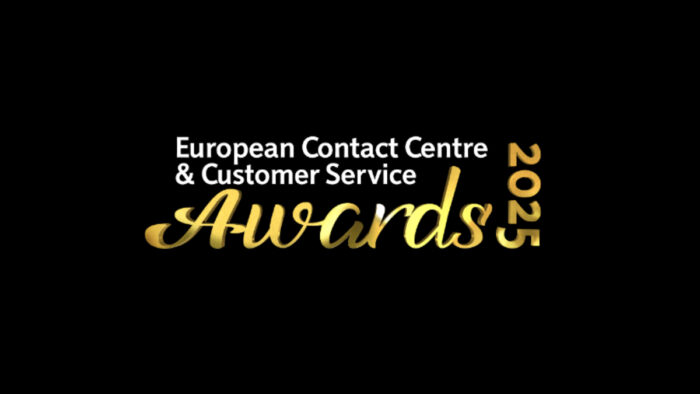Distributed Government Workforce Management
As the workforce ages and more longtime employees approach retirement, the government, just like the private sector, must find ways to deal with the loss of knowledge and experience accumulated over the years.
Changes in physical workplaces, how employees communicate, and task completion for a distributed government workforce require a plan for updated management strategies and efficient use of technology.
Distributed workforce management comes with some great benefits:
- Organizations can find the skills and experience they need far beyond physical workplace locations.
- Employees get the greater work flexibility they desire which leads to a reduction in work-related stress.
- Office and housing expenses are reduced, which is a boost to both business and personal bottom lines.
To be sure, there are some downsides to a distributed workforce, including how to capably manage and supervise employees, foster team-building, and keep data secure. For employees, challenges include fewer opportunities for face-to-face collaboration, a blow to social well-being, and blurred lines between personal and professional boundaries.
Finding ways to effectively manage a distributed workforce requires equal measures of human intervention and technology. Whether government employees are working remotely or in the office, operations must be seamless if you hope to succeed.
Tips for Managing a Distributed Workforce
Ask any manager and they’ll tell you that supervising employees in the same building is never simple. Managing a distributed workforce can feel like torture. Fortunately, it’s not that difficult to do. These best practices will have your remote employees being just as productive—and happy—as anyone else.
- Keep employees engaged. Workers who no longer see each other in person every day can suddenly feel alienated. When you put extra effort into team building, remote and in-house workers feel more connected. Management can include remote workers in office culture by building a rapport with these employees. Small talk, more frequent meetings, catch-up video conference calls, and email and powerful internal messaging tools go a long way in encouraging goodwill and solidarity.
- Strengthen collaboration. A distributed workforce often leads to people working in silos, more focused on getting their tasks done than overall goals. To improve efficiency and productivity, it’s critical to ensure all employees work together as often as possible. Tools like knowledge management software that allow employees to easily collaborate are invaluable for meeting this objective.
- Set clear-cut expectations. It’s a myth that remote workers are less productive than office workers. In fact, a two-year study by Stanford found they’re more productive. As long as specific expectations on schedules, productivity, and vital tasks are set, a distributed workforce can be just as energized and responsible as any other. Consistent guidance and constant reciprocal feedback are the keys to keeping remote employees accountable. The use of tracking tools ensures customers are getting the help they’re seeking and employees have the information they need to keep customers satisfied.
- Ongoing communication. Handing employee’s business laptops and sending them home to work is not the road to success for a distributed workforce. Out of sight, out of mind, should not become a self-fulfilling prophecy. Messaging tools, impromptu video chats, and virtual meetings let employees keep their finger on the pulse of the office’s general workflow. Though in-the-moment support is more difficult for remote workers, managers can still make themselves available for guidance and mentoring. Social opportunities, including “virtual water coolers,” should also be encouraged to build camaraderie.
- Invest in the right technology. No matter where employees are located, access to mission-critical knowledge is a must. Government knowledge management may be more complex than in the private sector, but the basic goals are the same: keeping information consistent and accurate, sharing the right information, and access to instant answers.
Today more than ever, government agencies are increasingly called on to address complex issues. Distributed workforces make answering the call even more challenging. Those who invest in a robust knowledge management solution can position themselves for success in this new environment.


